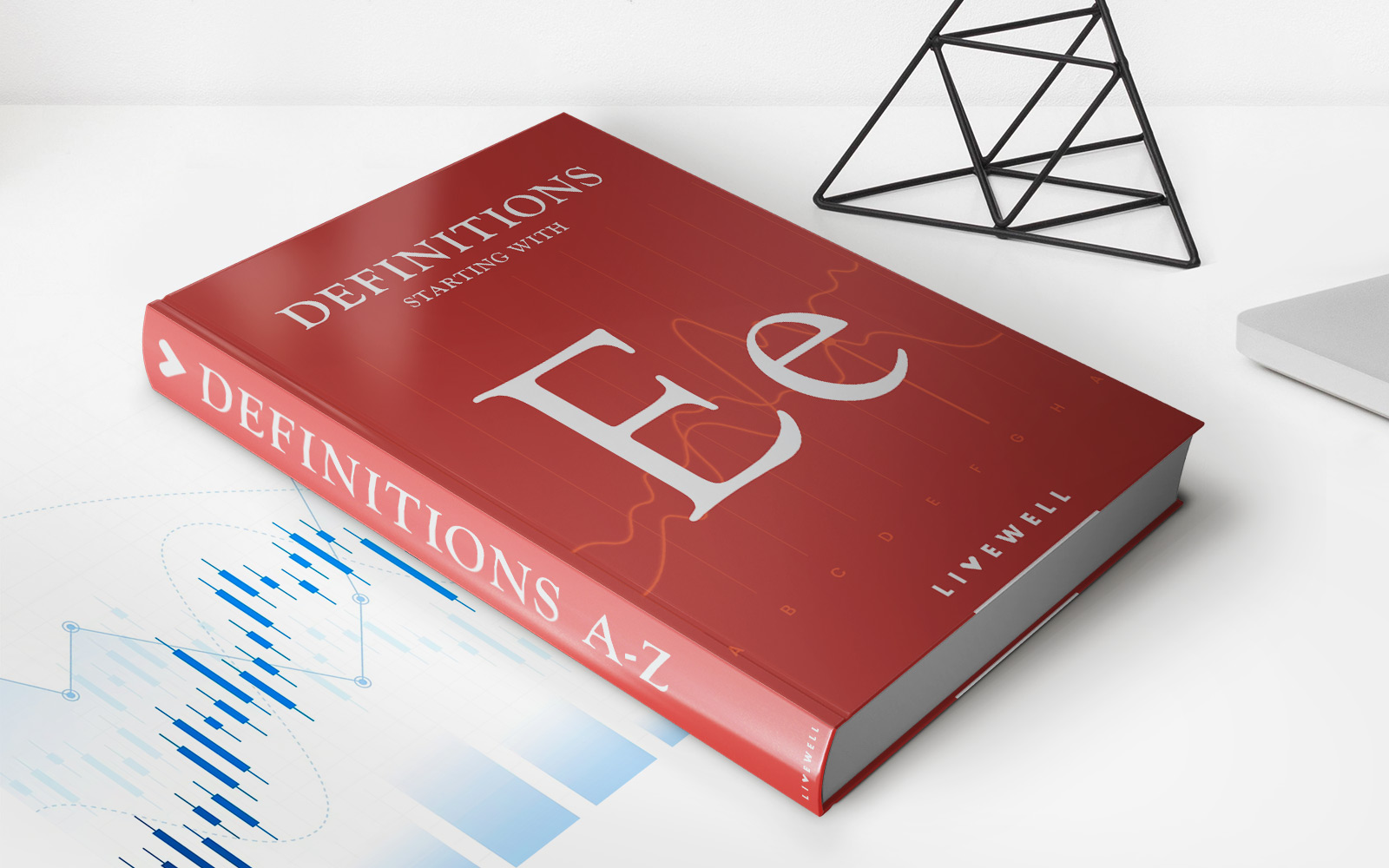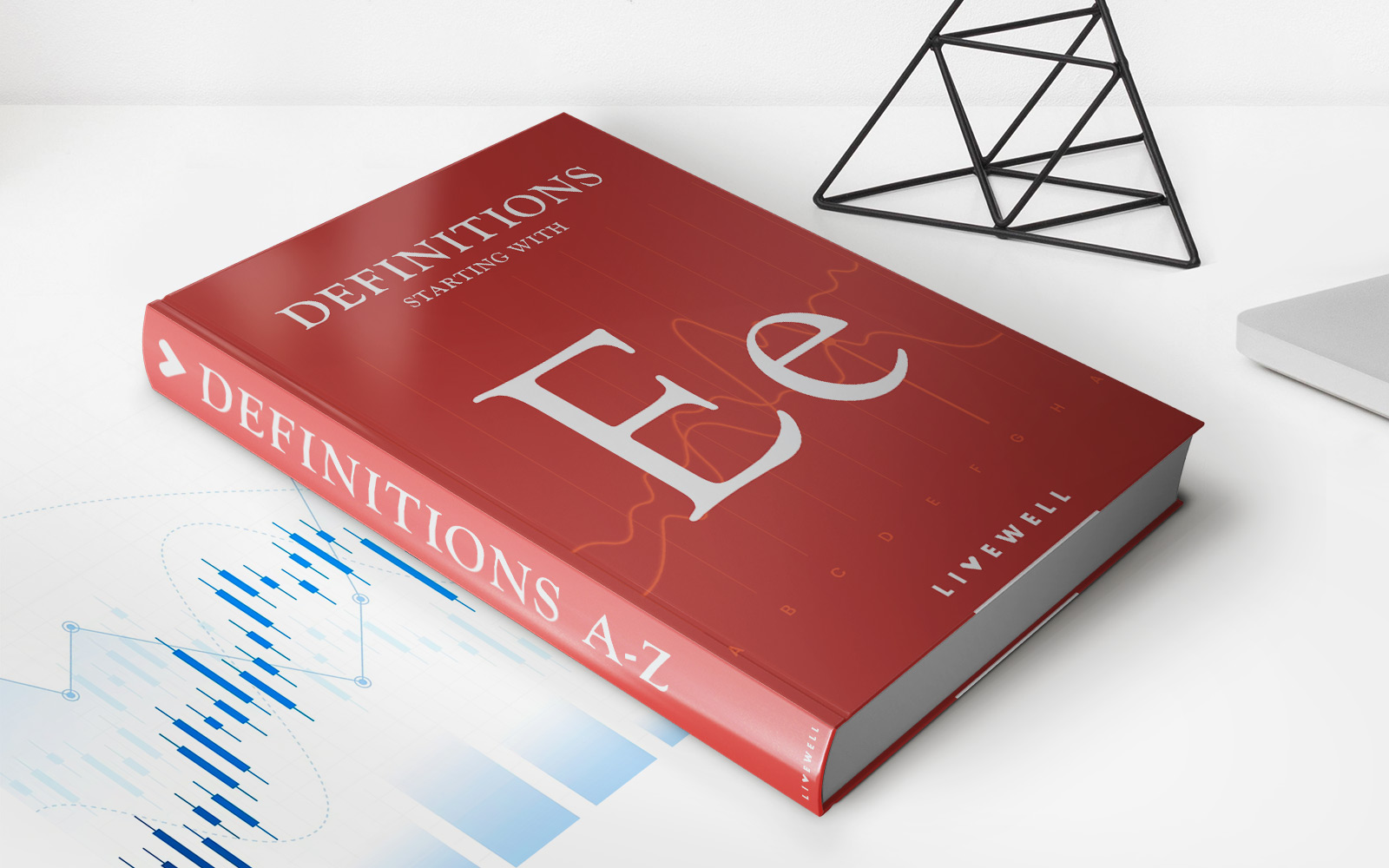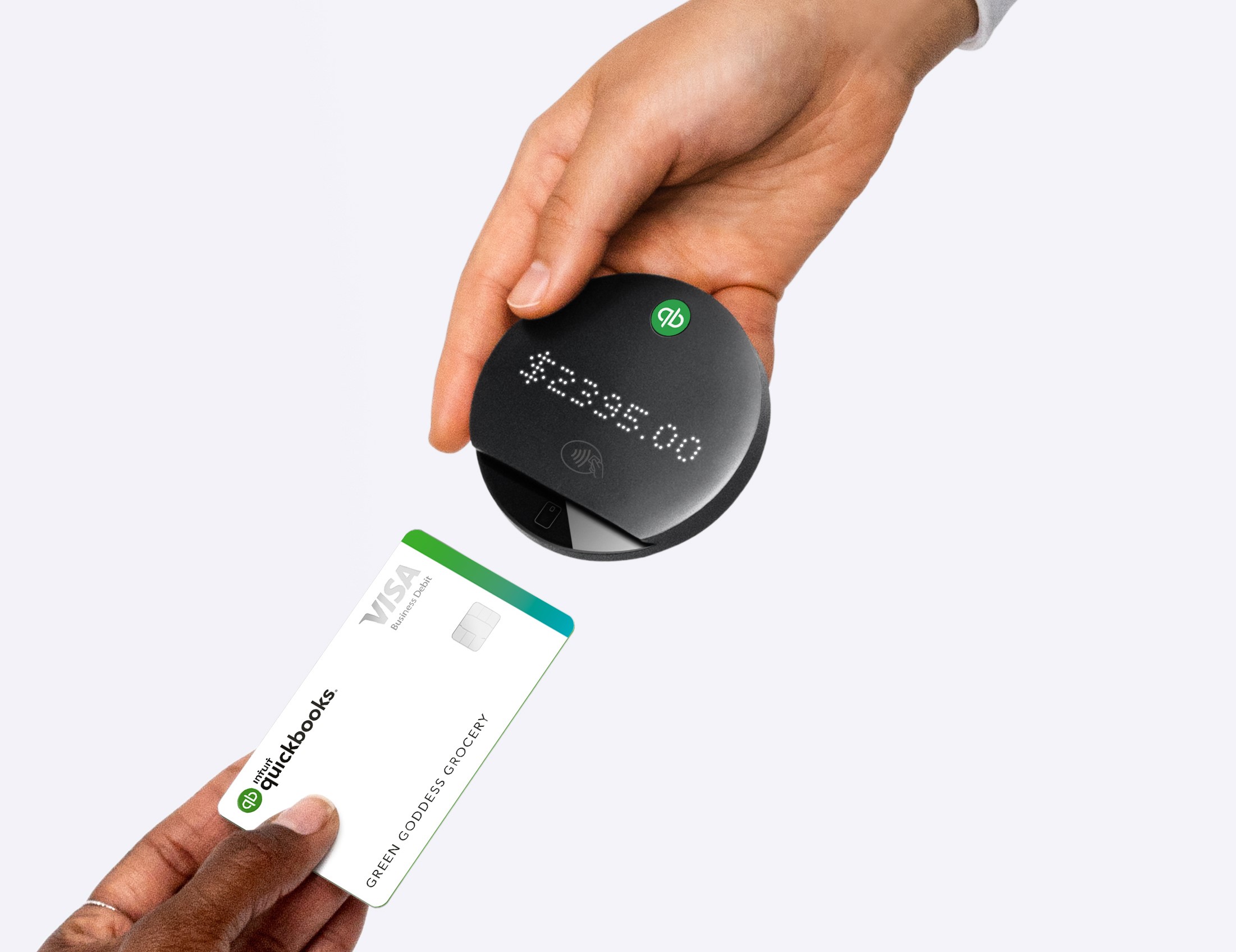Home>Finance>What Is A Convenience Yield? Definition And How To Calculate


Finance
What Is A Convenience Yield? Definition And How To Calculate
Published: November 2, 2023
Learn about convenience yield, its definition, and how to calculate it in the field of finance. Gain insights into the significance of convenience yield in financial markets.
(Many of the links in this article redirect to a specific reviewed product. Your purchase of these products through affiliate links helps to generate commission for LiveWell, at no extra cost. Learn more)
Understanding Convenience Yield in Finance
Finance is a complex world, filled with terms and concepts that may seem overwhelming at first. But fear not! Today, we’re going to demystify one of these concepts: convenience yield. If you’ve ever wondered what a convenience yield is and how to calculate it, you’re in the right place. So, let’s dive in and explore this fascinating aspect of finance together!
Key Takeaways:
- Convenience yield is an important concept in finance that measures the additional benefits or advantages that an individual or entity enjoys when holding a physical asset or commodity.
- It is primarily associated with commodities like oil, agricultural products, or precious metals, where physical possession can confer certain advantages.
Now, let’s address the burning question – what exactly is a convenience yield? In simple terms, convenience yield refers to the benefits or advantages gained by holding a physical asset or commodity, beyond the financial benefits, such as dividends or interest. It measures the intangible benefits that come from having immediate access to the physical asset.
Convenience yield is most commonly associated with commodities that have a physical form, like oil, agricultural products, or precious metals. For example, consider the convenience of having immediate access to oil stored in reservoirs or warehouses. This access allows the holder to respond quickly to changes in market demand or supply disruptions, enabling them to earn additional profits or avoid losses.
So, how do you calculate convenience yield? Unfortunately, there isn’t a straightforward formula to determine convenience yield. It’s more of an estimate or judgment based on market conditions and individual circumstances. However, there are a few factors that can influence the convenience yield:
- Storage Costs: The cost of storing the physical asset or commodity must be considered. Higher storage costs can decrease the convenience yield.
- Market Liquidity: The ease with which the physical asset can be bought or sold affects convenience yield. Higher liquidity generally increases the convenience yield.
- Supply and Demand Factors: Changes in supply and demand, such as production disruptions or fluctuations in consumer preferences, can impact the convenience yield.
Keep in mind that convenience yield is a subjective concept, as it varies depending on market conditions and individual preferences. It is not a precise mathematical calculation, but rather an estimate that helps investors and traders understand the potential benefits associated with holding physical assets or commodities.
So, why should you care about convenience yield? Understanding the concept of convenience yield can provide insights into the pricing and behavior of commodity markets. By considering convenience yield, you can make more informed decisions about buying or selling physical assets and commodities.
To sum it up, convenience yield is the intangible benefits gained by holding a physical asset or commodity, beyond the financial advantages. It measures the advantages of having immediate access to the physical asset, such as the ability to respond quickly to market changes. While there is no precise formula to calculate convenience yield, evaluating factors such as storage costs, market liquidity, and supply and demand can provide useful insights.
Now that you have a clear understanding of what a convenience yield is and how to consider it, you’re ready to navigate the world of finance with more confidence and knowledge. Happy investing!














